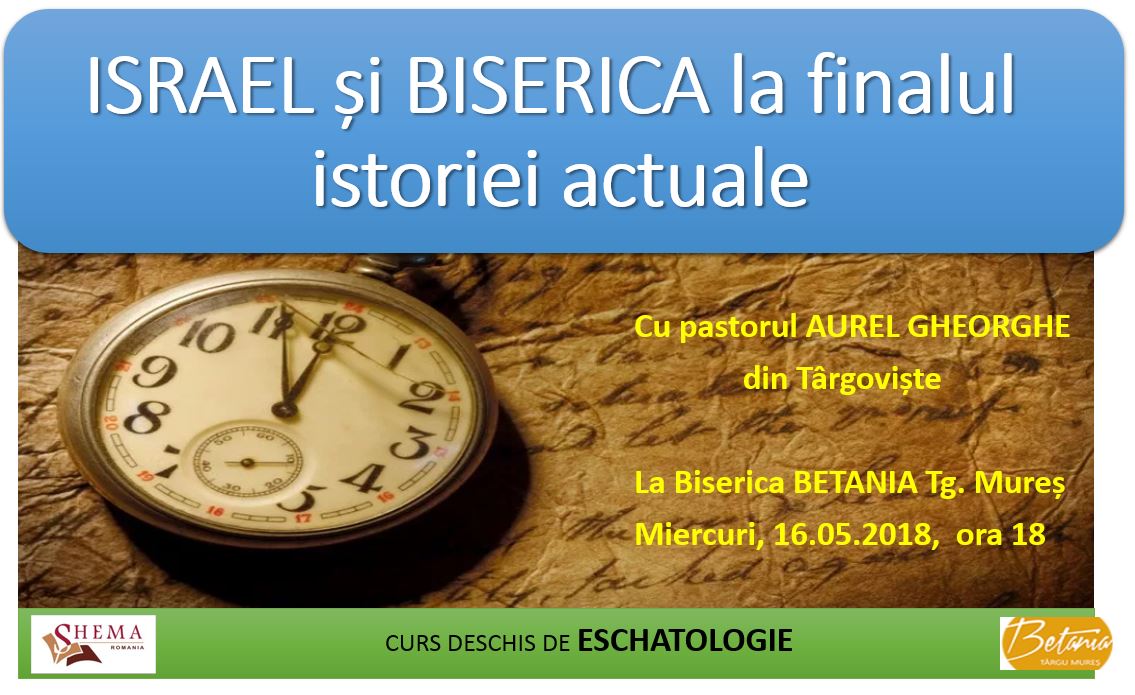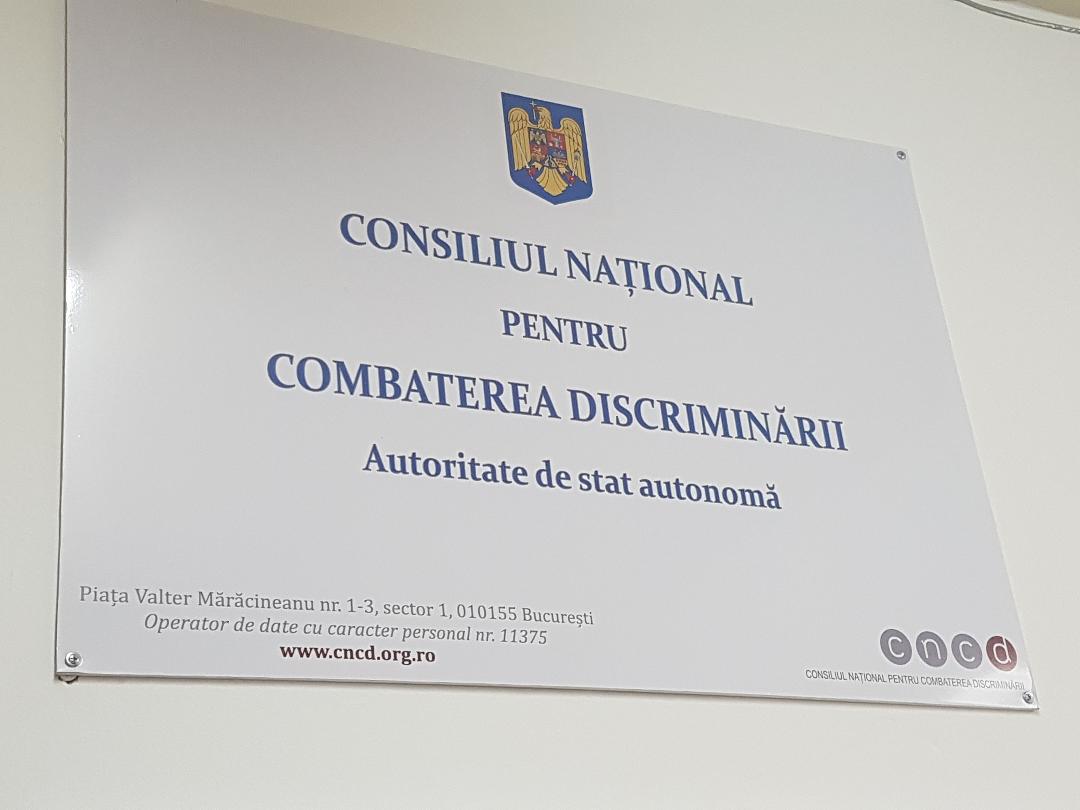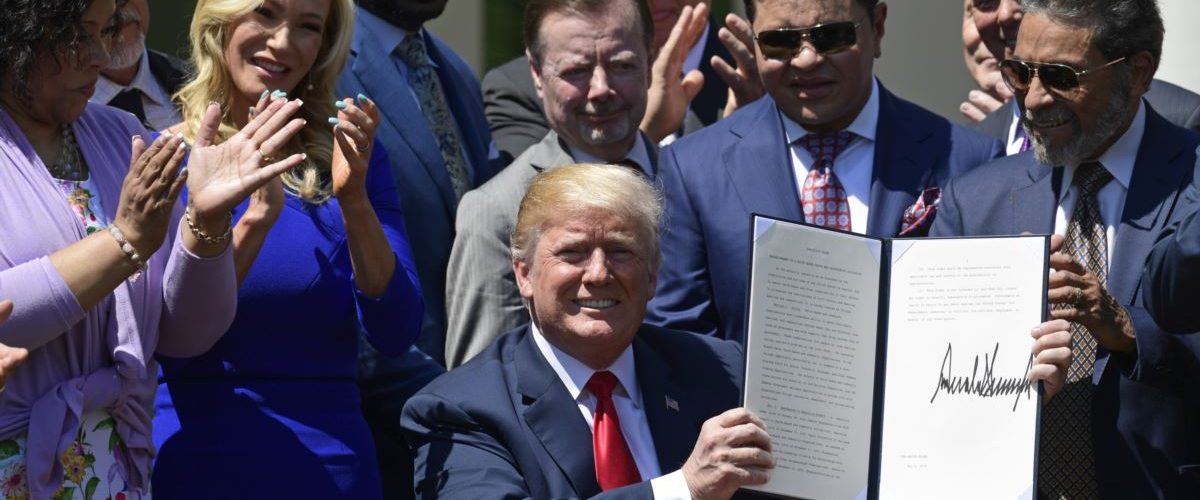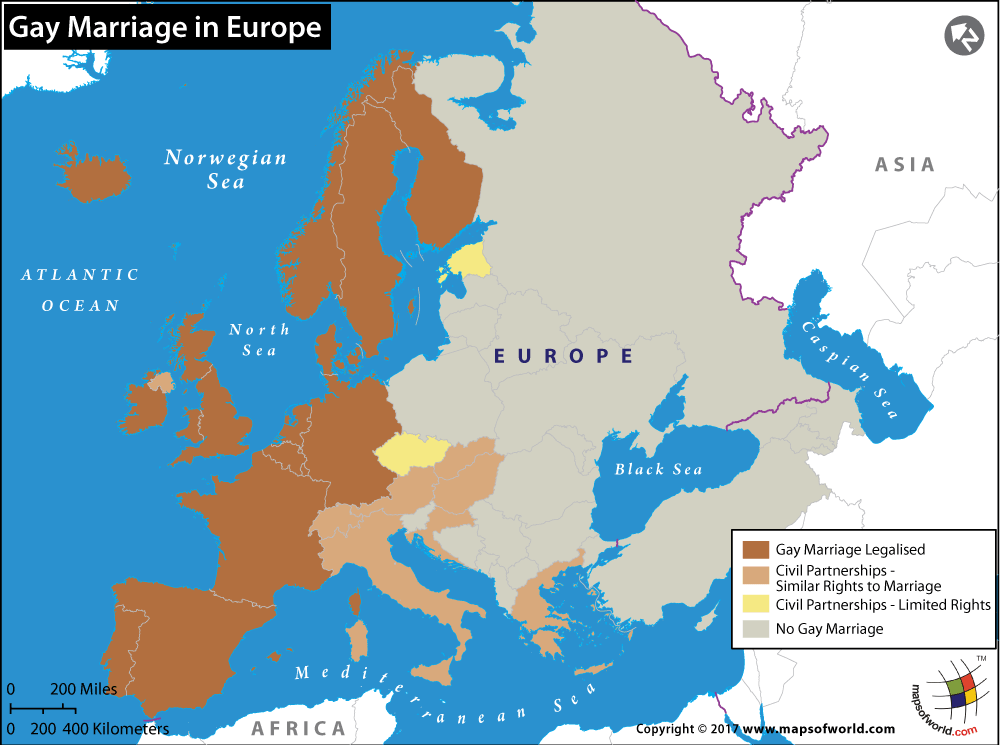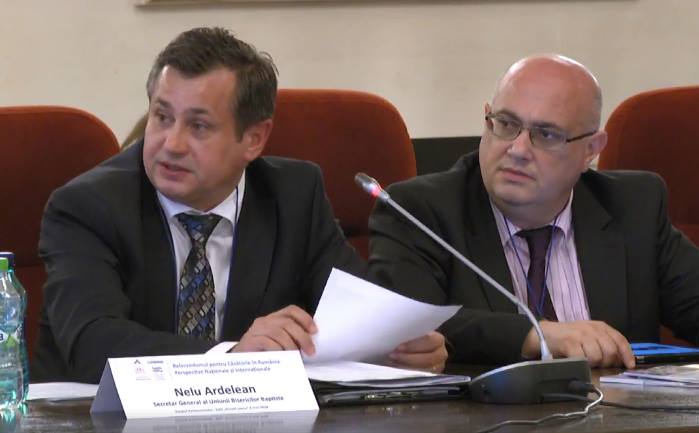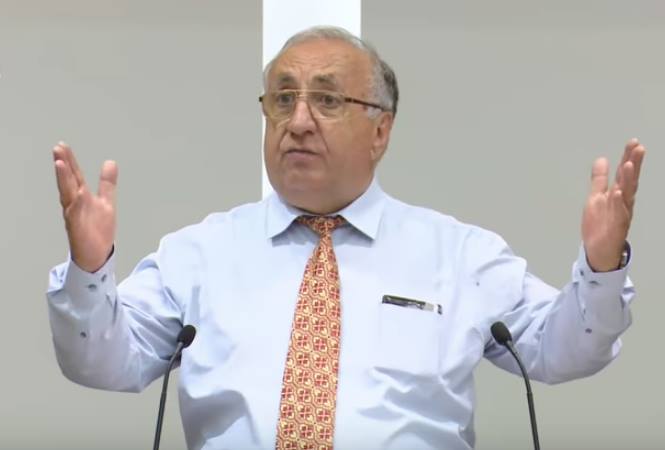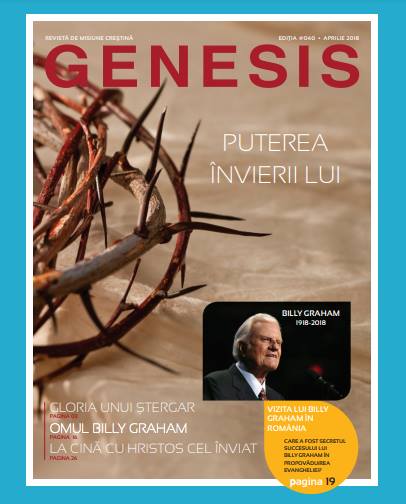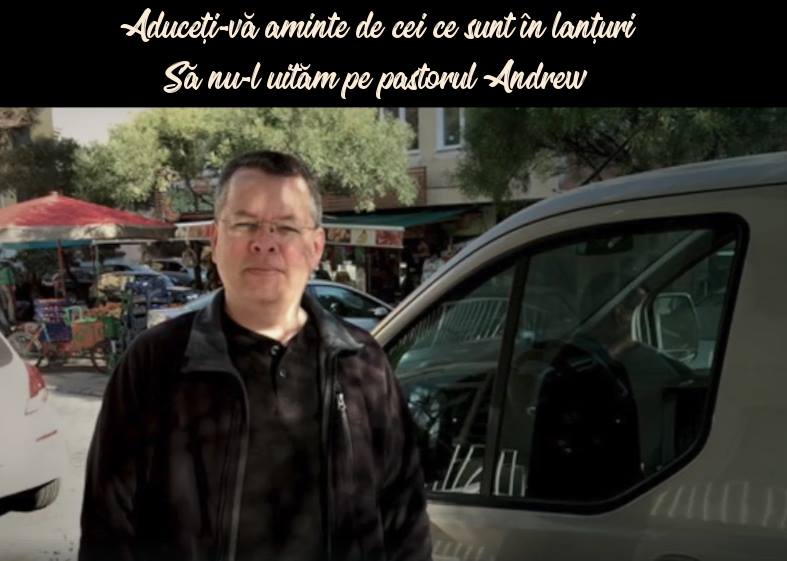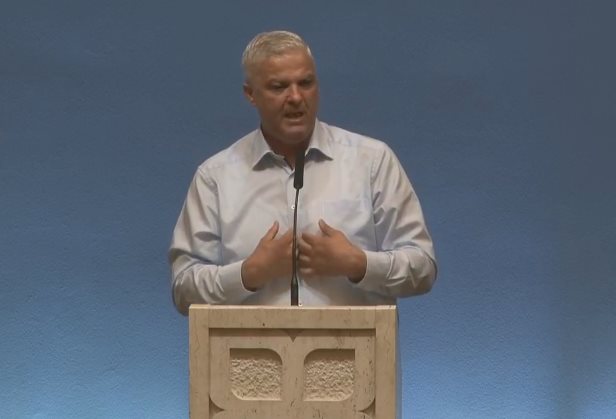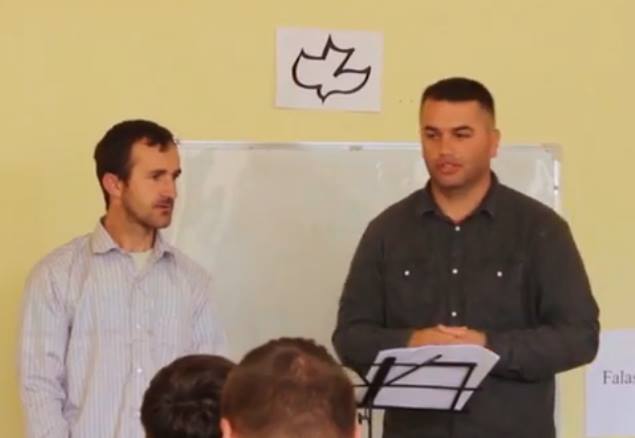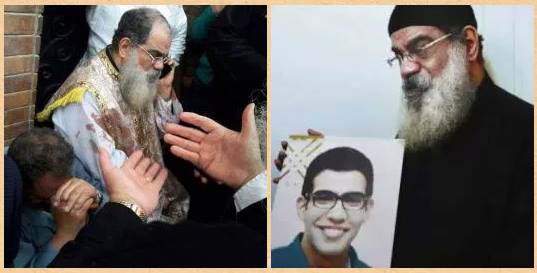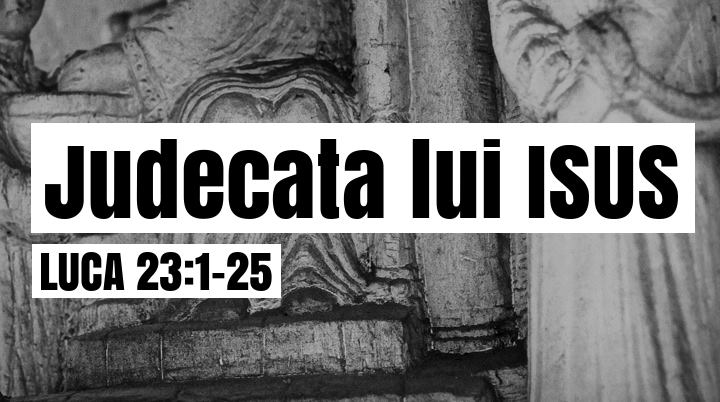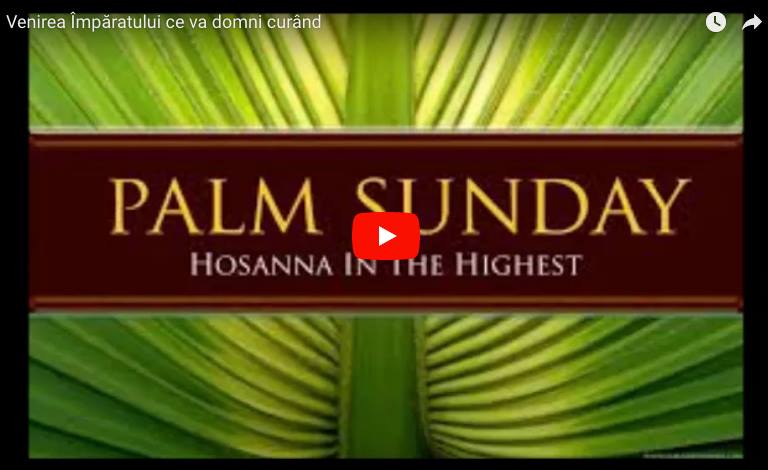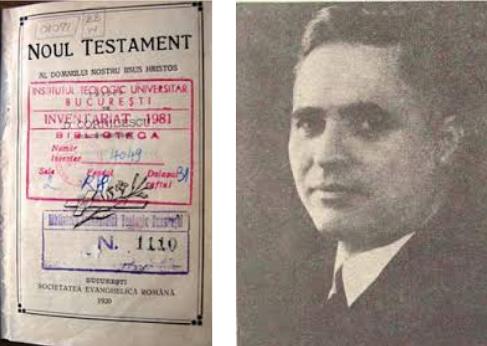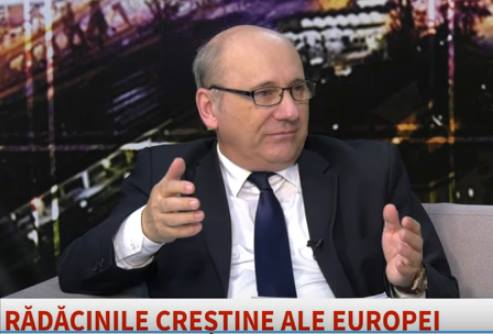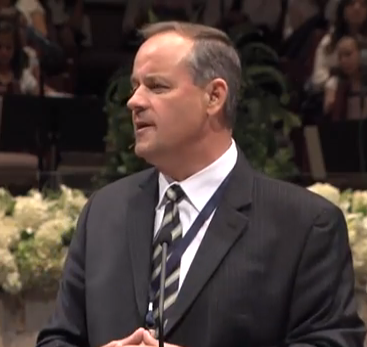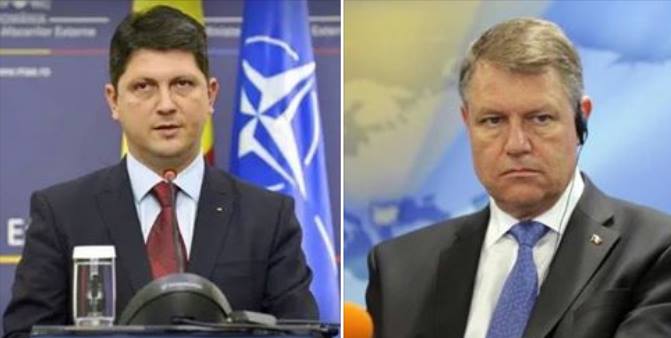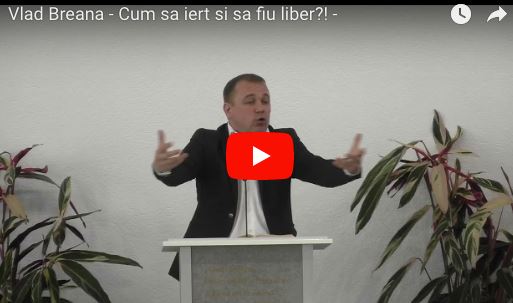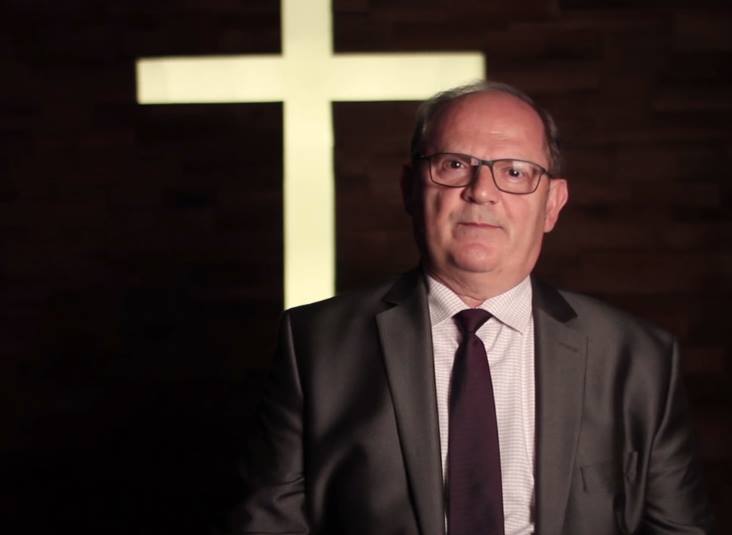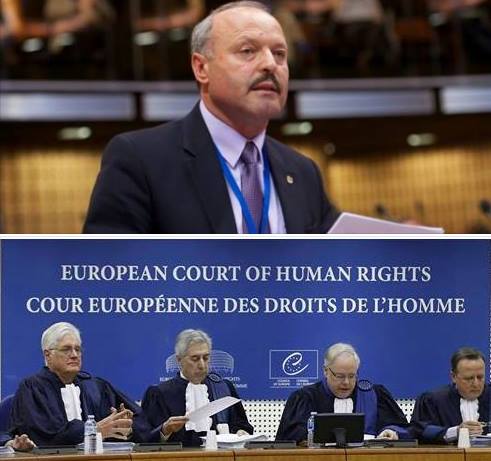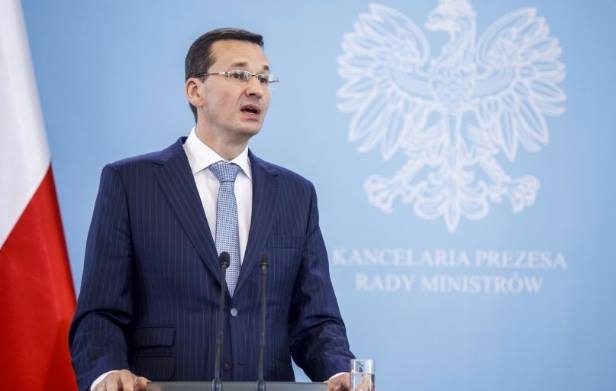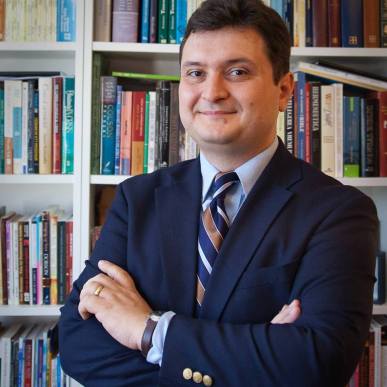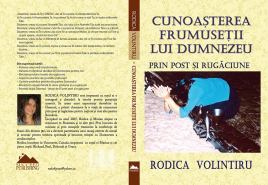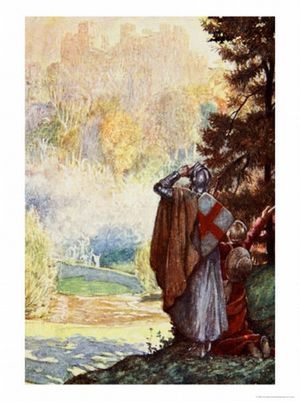Pentru traducere automata, fa click aici – Romanian
Read Part 1 here – a history
Read Part 2 here – 1962 Address by Lloyd-Jones
Read Part 3 here – An accounting from those who attended
Evangelicals -Leave your denominations” was the startling headline on the front page of The Christian weekly newspaper on the 21st October 1966. While quoting extensively from the address ofDr Lloyd-Jones, the article was not strictly accurate in places. For example, part of the opening sentence of the article was: „An impassioned appeal to Evangelicals in Britain to leave the major denominations and to form a united Church was made by Dr Martyn Lloyd-Jones…”.As we have seen in earlier articles, Lloyd-Jones did not suggest or desire „a united Church”; his appeal was for Evangelicals to come together in a loose fellowship or association of churches. The article states that „many people to whom our reporter spoke after the meeting thought that Dr Lloyd-Jones was right in his arguments, but that nothing would happen unless men like the Rev. JRW Stott took the lead”.
David Winter, reporting the Assembly also in The Life of Faith of 27th October emphasised how the public rally „in dramatic fashion, dragged into the open a subject normally avoided in evangelical debate- secession. Dr Martyn Lloyd-Jones made an eloquent plea to Evangelicals to leave their denominations and join a United Evangelical Church and the Chairman, the Rev. John Stott, publicly (firmly but politely) disagreed with him…”. The Baptist Times (27th October) was more forthright, reporting „A sharp clash of views…with Dr Martyn Lloyd-Jones seeming to be encouraging Evangelicals to secede from their denominations and the Rev. John Stott challenging his address by claiming that division was not the way forward.. .it was clear that Evangelicals are divided theologically…”.
A more supportive and accurate report was given in the English Churchman (28th October). Lloyd-Jones, the article emphasised, „was not putting forward some negative scheme into which we are to be reluctantly forced, but rather was pointing us to the glorious opportunity of taking positive action because we realise we ought to if we are to be true to our evangelical convictions…Anglican Evangelicals would appear, on the evidence of the Assembly to be the most intransigent on this matter…But is it not a misunderstanding to look at this problem only as one of secession? Does entry into a Scriptural union with other Christians deserve that name?…Who is really giving a definite lead in the Church of England at this time? Who will define the line beyond which we will not go? We have already surrendered on a number of issues which in earlier days would never have been accepted…”. This is well said and even more true of the situation in more recent years. It was the Evangelical Times from its launch in 1967 which championed the principles which Lloyd-Jones had identified and argued.
Christianity Today! in 1990 devoted twelve full pages to the subject of The Remaking of English Evangelicalism but only four sentences to what it calls the „major public showdown” in 1966 when, after Lloyd-Jones’s address, a „surprised” John Stott „rose and rebuked Lloyd-Jones and rallied Anglican Evangelicals to their churchly duty’? Once again, the authors misunderstood the message ofLloyd-Jones by claiming that instead of addressing the subject of unity he „called instead for Evangelicals to leave the historic churches”. This is grossly misleading and inaccurate.
From this sample ofChristian newspapers which reported the 1966 meeting, I want to turn to a sample of more recent books and note how these authors regarded the significance and nature of the Doctor’s message on that occasion.
In his readable Five Evangelical Leaders, 3 Christopher Catherwood devotes nearly four pages to this event which he calls 1966: Crossing the Rubicon.4 He refers to „a change of emphasis” in his grandfather’s thinking concerning the doctrine of the Church, but, as we have documented in earlier articles, this new emphasis was not sudden or unexpected but had been apparent for some time prior to 1966. One wonders how well the author understood the background to the 1966 address. For example, he claims that the Evangelical Alliance „had no idea how explosive the Doctor intended to be…”5 and refers to Lloyd-Jones’s „vision of a United Evangelical Church”.6 Later, Catherwood sees the „tragedy ofthe split” as being divided over what was „essentially an ecclesiastical issue”.7 But the prior and major issue for Lloyd-Jones was the Gospel itself; it was from the Gospel that he insisted on the importance ofthe nature and unity ofthe Church. Soteriology and ecclesiology were inextricably bound up, not only in the thinking of Lloyd-Jones but also in the New Testament itself. Kenneth Hylson-Smith’s useful book Evangelicals in the Church of England 1734-1984 is disappointing in its treatment of 18th October 1966. Barely two pages are devoted to the subject9 and, unfortunately, it is based on secondary sources, primarily Christopher Catherwood’s Five Evangelical Leaders. 10 The author is correct in claiming that the effect of the disagreement between Stott and Lloyd-Jones „was immediate and long-standing”.11
Even less space is given to the subject by DW Bebbington in his Evangelicalism in Modern Britain: A History from the 1730s to the 1980s. 12 For Bebbington, this incident was „to dramatise a fracture in the evangelical world”,13 but the call for Evangelicals to leave their mixed denominational churches „was dismissed by nearly all those in the Church of England as being… ‘nothing short of hare-brained’ and in other mixed denominations Lloyd-Jones was little heeded”.
As expected, Hywel R Jones provides a detailed account of the „Doctor’s relationship with the British Evangelical Council” in Unity in Truth14 which is a collection of addresses given by Lloyd-Jones in BEC sponsored meetings between 1967-1979. This is a valuable introduction which throws light on the „Doctor’s thinking on the subject of unity as well as his decision to involve himself in the work and witness of the BEC”. One paragraph is reproduced here because of its helpful reference to the now famous 1966 address:
It is worth pointing out that not once in this address did the Doctor use the terms „separate/secede”. His call was to associate or unite. While it is granted that this necessarily involved secession, the basis of the call was the Gospel, the scope of the call was to those who professed to believe the Gospel and the purpose in view was the spread of the Gospel. It was therefore neither schismatic nor exclusivist, but truly Christian and evangelical. In addition, as the Doctor pointed out, it was timely because in the wider setting denominational attachments were being questioned and new alignments were being considered. Should not Evangelicals, of all people, take up the challenge, notwithstanding the difficulties, and seize the opportunity to stand together for God’s truth?
This address, as well known, met with an immediate negative reaction. The positive response surfaced later, most noticeably in the Luther meeting. On 1st November 1967 over 2,500 people gathered in Westminster Chapel to commemorate the 450th anniversary of Luther’s promulgation of his Ninety-Five Theses. 15
Hywel Jones concludes that „It is still the case that the BEC is the only body of churches in the United Kingdom which ‘cannot, on grounds of conscience, identify with that ecumenicity which lacks an evangelical basis’ .It takes this position because it stands for the unity of all those churches which believe the one and only Gospel which saves”.16
Who Are the Evangelicals?17 is an interesting account by Derek Tidball „tracing the roots of today’s movements” in which he also shows the varied spectrum of contemporary evangelical belief and practice. Regrettably, Tidball only devotes three brief sentences to the 1966 incident.18 He does remind us, however, that „Evangelicals in other mainline denominations have trodden a path similar to Anglican Evangelicals. Among the Baptists, Mainstream was formed; among Methodists, Headway and among the United Reformed Church, Gear. In each, Evangelicals have become more committed to their denominations”. 19
In his autobiography entitled A Man Under Authority,20 Leith Samuel provides some interesting background and insights regarding the 1966 address together with the response. 21 He describes it as „that tragic night for British evangelicalism” and „a tragic parting of the ways…We needed unity at Church level but it was torn from our grasp”.22 Leith Samuel insists that Lloyd-Jones „was not concerned primarily about changing structures. It was the purity of the Gospel that was of paramount importance to him”. What Lloyd-Jones longed to see was „an umbrella” large enough to cover Anglican and Free Church Evangelicals.
Alister McGrath also refers to the 1966 event, albeit briefly, in his Evangelicalism & the Future ofChristianity.23 McGrath claims that it „was widely seen to centre on the issue of separatism”.24 Again, McGrath is another writer who partly misunderstands the call of Lloyd-Jones in his 1966 address; for McGrath, it was a „passionate call” for Evangelicals in mixed denominations to „form a denomination of their own”.25 McGrath is correct in viewing the National Evangelical Anglican Congress at Keele in April 1967 as having „endorsed and consolidated”26 Stott’s opposition to Lloyd-Jones. He continues: „It sealed this development and marks the beginning of the positive role of evangelicalism within the Church of England”. Keele was determinative and is „widely regarded as marking the end of a numerically significant ‘separatist’ party within Anglican evangelicalism…”.
Over the past couple o f years, I have been interested to meet Christians, even academics, who have spoken disparagingly oflain Murray’s two-volumed biography ofMartyn Lloyd- Jones.27 To me, their response is a superficial and prejudiced one. Allow me to reply to their criticism. Murray’s biography is an official one, based largely on primary sources, and written by a man who knew Lloyd-Jones extremely well. He had served under and alongside the Doctor and then remained in close contact with him over the years. A competent historian and possessing an excellent grasp of the contemporary evangelical situation in the United Kingdom, Murray is eminently suited to write the biography of Lloyd-Jones. The second volume especially is „a primary text on evangelicalism in the twentieth century”.28 And this
can be easily substantiated. No other serious book, for example, examines the background, context, significance and consequences of Lloyd-Jones’s 1966 address in such detail or depth as Murray does in this second volume. Earlier chapters such as Unity: Ecumenical or Evangelical (pp. 427-450), Conversations and Journeys (pp. 453-471), Cross-Winds (pp. 472-492) and 1965:The Approaching Crisis (pp. 495-511) are well researched and they are invaluable in providing a meaningful background to the three crucial chapters dealing with 1966 and the assessment of the controversy.29
In his assessment, Murray counters the criticism that Lloyd-Jones was responsible for „dividing Evangelicals” by referring to the latter’s view that the main denominations were in an extremely serious theological and religious condition not „seen in England before”30 and that Anglican Evangelicals had „deliberately introduced a new policy on ecumenism”Y He shows how Stott had changed his position by referring to his former view expressed in his 1958 publication What Christ Thinks ofthe Church:32 „We cannot have Christian fellowship with those who deny the divinity of Christ’s person or the satisfactoriness of His work on the cross for our salvation…to preach any other gospel than the Gospel of Christ’s saving grace is to deserve Paul’s anathema…”.33 Another criticism of Lloyd-Jones’s 1966 address that Murray considers is that he was creating a „new sectarianism”34 and an exclusive form of unity. However; Murray shows effectively that Lloyd-Jones wanted „a third altemative”,35 „a way forward…more honouring to God than an acceptance of the existing conditions”. The Doctor, we are reminded, „frankly accepted the limitations of his own understanding”;36 he opted finally for a wider unity through the BEC „largely because, when he urged others to take on a more active role, none came forward with any alternative”. He himself did not want to assume the role of leader in the new wider association of churches. Was it a lack of interest in this aspect? Possibly, but „in part, also”, insists Murray, „it was because he knew that the essential need at this stage…was for on-going reformation and a true revival in all churches. Secession, as such, was no solution”_37
In Murray’s view, Lloyd-Jones was „open to some criticism”38 in this controversy. First o f all, Murray thinks that the argument in places depended over-much on the Doctor’s interpretation of the contempary situation so that it „looked more like a matter ofjudgement than ofBiblical principle”. This, however, is open to debate but Lloyd-Jones put no pressure at all on individuals to secede. In my own experience, he discouraged me initially from seceding and wanted to know precisely which Biblical principles I was seeking to honour. It is also a fact that Lloyd-Jones left it to individual ministers and churches to decide the correct and wisest time for secession.
A second criticism in Murray’s opinion is that the lack of a clear plan in which to express this wider unity of churches post-1966 „had regrettable consequences”.39 In this context, Murray sees that the question of „schism” was complex and somewhat difficult to relate to for Lloyd-Jones challenged „the adequacy”40 of an inter-denominational evangelical unity expressed through an organisation like the Evangelical Alliance. This, however, served to focus „attention upon the alternative…” envisaged with the ability to exclude or discipline those who were in error. Furthermore, Murray suggests that on the Doctor’s view of schism, those who stayed outside the BEC were thereby guilty of the charge. „Some damage might have been averted”, Murray thinks, „if the alternative unity presented…in 1967hadbeenunderstoodtobemorefluidandopen…”41 andiftheDoctor had been less „hurried than he would otherwise have been”.42
Murray’s assessment, ofcourse, is itselfopen to criticism but I want to confine myself to two observations. One, it was notthe Doctor’s Welshness orinterpretation of the situation or his understanding of the sin of schism which were at fault, but possibly his and our failure to appreciate the stranglehold of Anglican sub-culture on its leaders thus making it difficult for them to contemplate the possibility of working outside their denomination. As Alan Gibson rightly points out: „With hindsight, most of us did not fully understand how strong was the grip of the ecclesiastical sub-cultures in which we had been brought
24
up. The 1967 Keele Conference showed how hard it was for Gospel men in the Church of England to contemplate working in any other context. Subsequent attempts to reduce the height of denominational walls, even between wholly evangelical free church groups, were not conspicuously successful. Some who agreed that the Doctor’s appeal was based on Scripture principles found reasons not to act upon it”.43
My second observation is that the Doctor’s 1966 appeal was rejected by Stott and other leaders, including EA officers, because they disagreed with its message. To blame Lloyd-Jones, and him alone, is to fly in the face of the facts. Again, I quote Alan Gibson who was present on the occasion and who attempted to submit a motion the following morning proposing discussion of the practical implications arising from the first meeting. „To our huge disappointment”, Gibson writes, „the organising committee had decided that no such motions would be accepted. Responsibility for closing down any real consideration of steps towards evangelical church unity does not belong to John Stott alone. It lies also with the 1966 officers of the Evangelical Alliance who changed the advertised programme and denied the Assembly, set up for that very purpose, any opportunity for practical consideration of the issues the Doctor had raised”.44
A reference to two other recent publications conclude this article. Clive Calver and Rob Warner in their Together We Stand, 45 a volume marking the 150th anniversary of the Evangelical Alliance, deal with the 1966 division in a disappointing way. Once again some of the facts are wrong: for example, the 1966 address ofLloyd-Jones is supposed to have argued for „a single united evangelical church”.46 Butthat is clearly wrong. Nor is it helpful or accurate to speak ofLloyd-Jones’s „impassioned eloquence … in the heat of the moment”.47 I am afraid that even in this book Lloyd-Jones is pictured as the culprit who shattered evangelical unity in Britain in 1966. When will those writing on this incident be at least fair to the facts? Please, please give us history and not fiction.
The second and final publication I refer to is For Such a Time as This: Perspectives on Evangelicalism, Past, Present & Future48 which commemorates the founding of the Evangelical Alliance in 1846 and also serves as a tribute to Gilbert Kirby on his 80th birthday. Two chapters are immediately relevant to our theme. Peter Lewis writes on Renewal, Recovery & Growth: 1966 onwards and reports accurately the thrust of the Doctor’s message. A useful outline is provided of later developments, namely, NEAC 1967, emergence of Tear Fund in 1968, Berlin 1966 and Lausanne 1974, the Evangelical Missionary Alliance, UCCF, Spring Harvest- Keswick, Evangelical Leaders Conference, evangelical unity and co-operative evangelism. Another relevant chapter is AIan Gibson’s The Role ofSeparation. The title is misleading for it is a consideration of „principles of separation and cooperation among today’s churches”.49 The chapter deserves careful study.
This sampling of papers and books which refer to the 1966 address by Lloyd-Jones is now complete. Other books like Chosen Vessels could have been referred to but, hopefully, the sample has been adequate to stimulate you to think and read some of the primary sources. But, please, get the facts right and then wrestle prayerfully as well as Biblically with the matters raised. We all still have much to learn from the Doctor’s 1966 message.
References
- 1 Christianity Today, February 5, 1990, volume 34, no. 2, pp. 25-36
- 2 Idem, p. 33
- 3 Christopher Catherwood, Five Evangelical Leaders, Hodder & Stoughton, 1987 ·
- 4 Idem, p 83
25

 Download 1600 free Martyn Lloyd-Jones sermon recordings in mp3 format here
Download 1600 free Martyn Lloyd-Jones sermon recordings in mp3 format here














